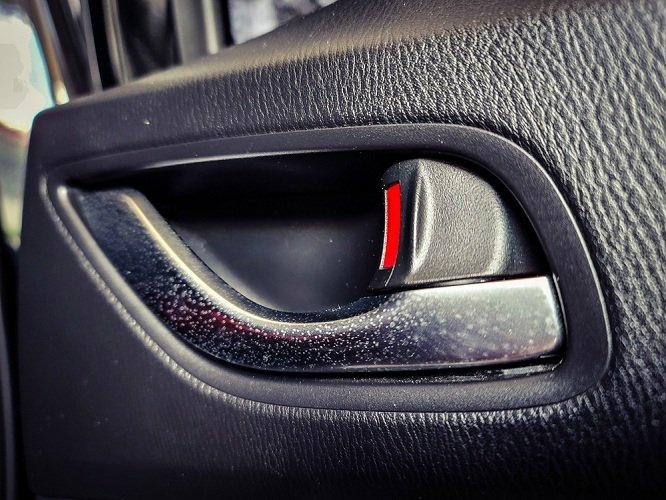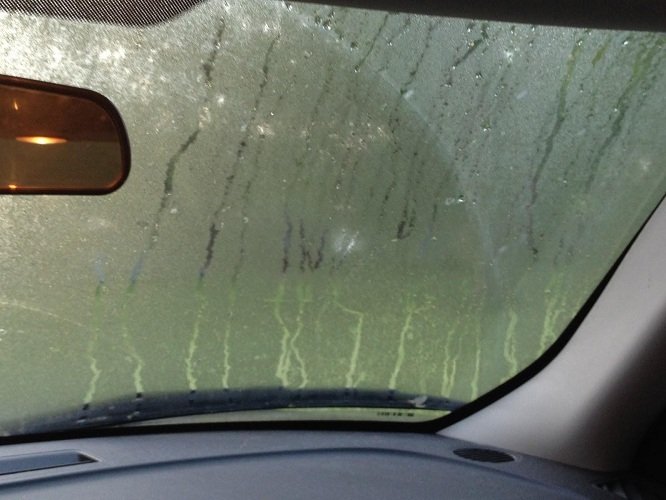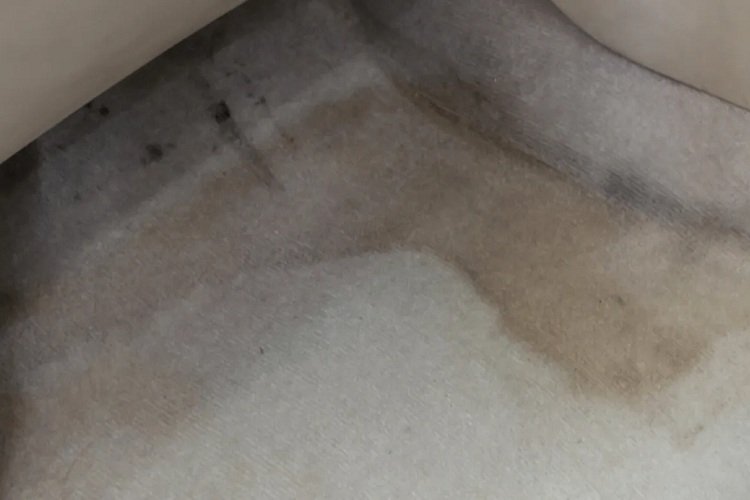Yes. Ozone’s reactivity and oxidation properties make it the best weapon against mold spores and organic matter. It attacks and neutralizes these intruders while leaving no harmful residue. And ozone can also treat mold in difficult-to-reach places inside your car. It provides an effective solution for mold issues before they escalate.
After ozone treatment, it will revert to regular oxygen, leaving behind no harmful by-products. This is a safe choice for mold prevention. We prefer this treatment as it doesn’t contribute to further contamination or pose additional health risks.



